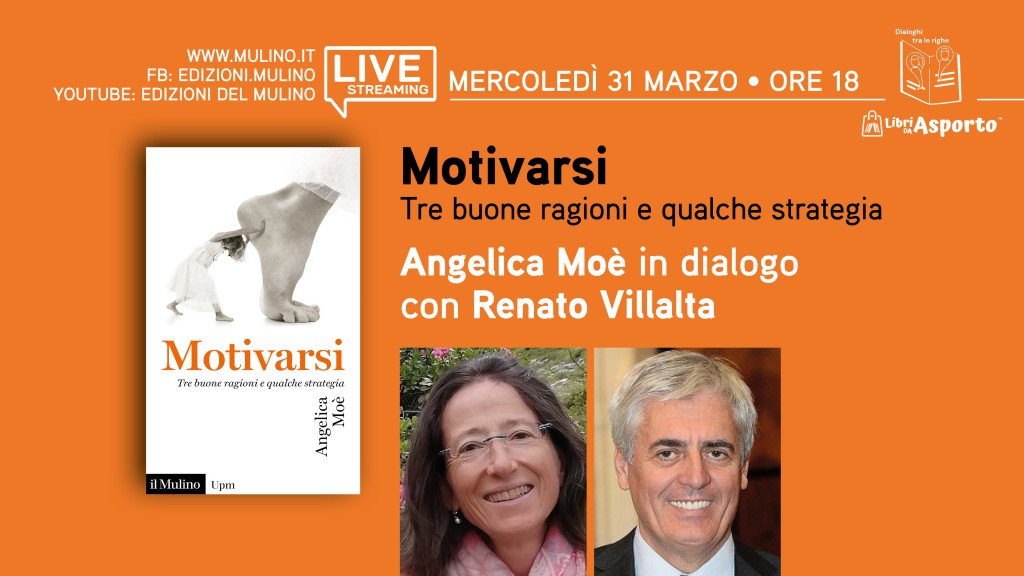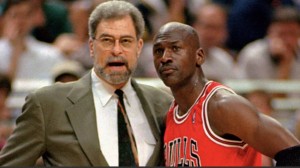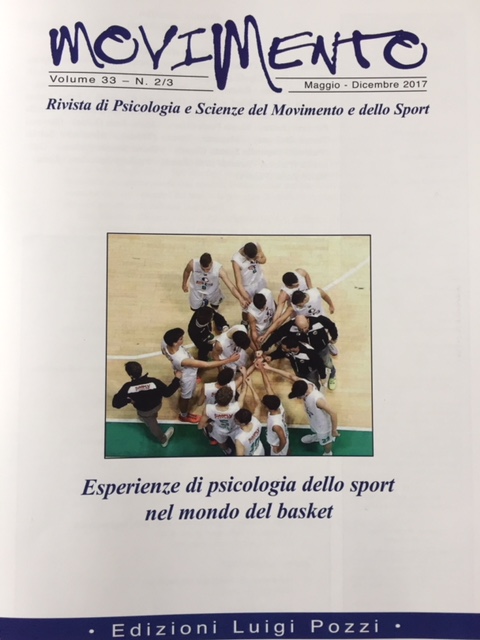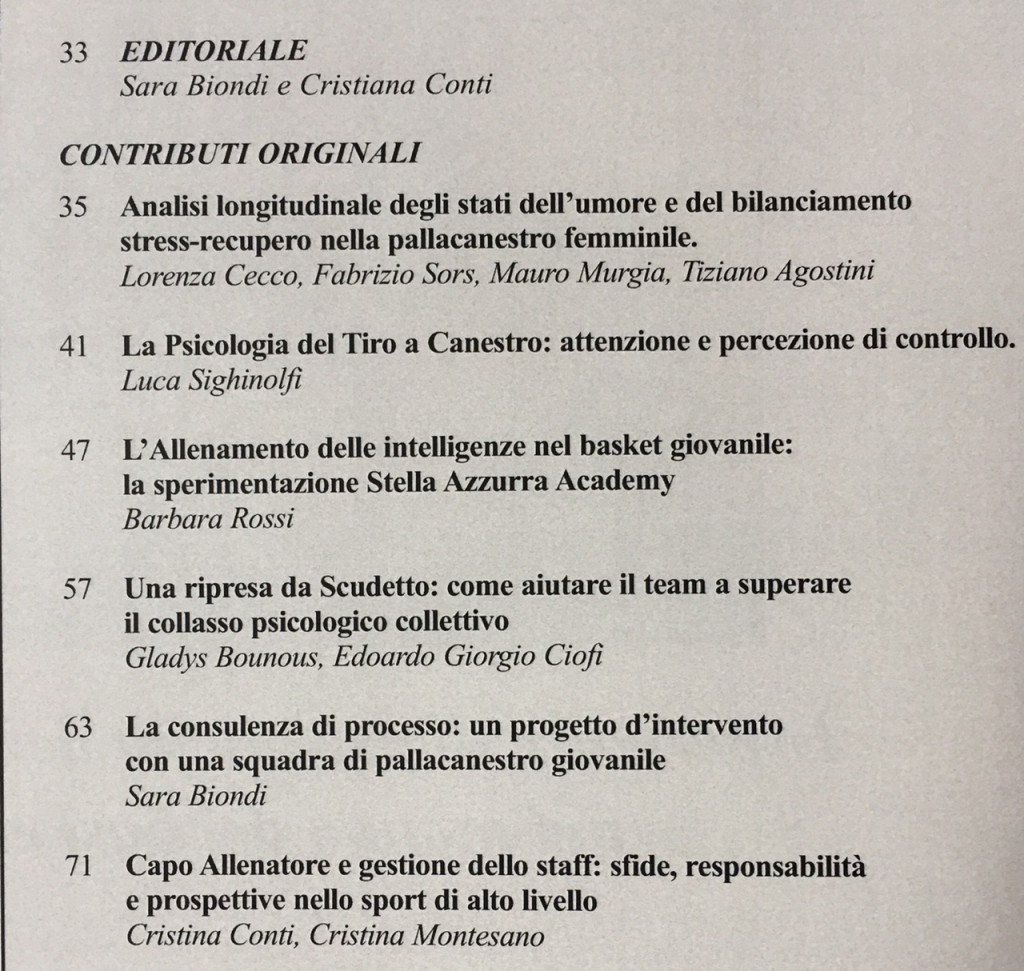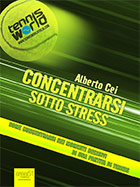Un nuovo studio con 756 bambini dalla prima alla quinta elementare dimostra che un programma di sei settimane di canestri e matematica:
- ha un effetto positivo sul loro desiderio di imparare di più,
- fornisce loro un’esperienza di maggiore autodeterminazione
- fa crescere la fiducia nella matematica tra i giovani.
Lo studio Basketball Mathematics è stato condotto in cinque scuole elementari e primarie danesi dai ricercatori del Dipartimento di Nutrizione, Esercizio e Sport dell’Università di Copenhagen.
Negli ultimi decenni, c’è stata una notevole attenzione per esplorare diversi approcci per stimolare l’apprendimento dei bambini. In particolare, ci si è concentrati su come l’attività fisica, separata dalle attività di apprendimento, possa migliorare le prestazioni cognitive e l’apprendimento dei bambini. Al contrario, c’è stata meno attenzione rivolta al potenziale dell’integrazione dell’attività fisica nelle attività di apprendimento. Lo scopo principale di questo studio è stato di sviluppare un’attività di apprendimento che integra basket e matematica ed esaminare come potrebbe influenzare la motivazione dei bambini in matematica.
Aumento della motivazione, autodeterminazione e padronanza
756 bambini di 40 classi delle scuole di Copenaghen hanno partecipato al progetto. Circa la metà di loro – una volta alla settimana per sei settimane – ha avuto il basket matematico durante la lezione di ginnastica, mentre l’altra metà ha giocato a basket senza matematica. Durante le lezioni con la matematica del basket, i bambini dovevano eseguire calcoli associati a vari esercizi di basket.
I risultati dimostrano che la motivazione dei bambini per la matematica integrata con la pallacanestro è superiore del 16% rispetto all’apprendimento della matematica in classe. I bambini hanno anche sperimentato un aumento del 14% nell’autodeterminazione rispetto all’insegnamento in classe, mentre la matematica del basket aumenta la padronanza del 6% rispetto allo studiare la matematica in classe. Inoltre, lo studio mostra che la Basketball Mathematics può stimolare la motivazione dei bambini per la matematica per un periodo di sei settimane, mentre la motivazione del gruppo di controllo diminuisce significativamente.
“Attualmente stiamo studiando se il modello Basketball Mathematics può rafforzare il rendimento dei giovani in matematica. Una volta che avremo i risultati finali, speriamo che ispireranno gli insegnanti e i presidi delle scuole a dare priorità a più attività fisica e movimento in queste materie”.
“Alla fine, speriamo di riuscire ad avere questi strumenti integrati nel sistema scolastico e nella formazione degli insegnanti. L’obiettivo è che le scuole in futuro includano “Active English” e “Active Mathematics” nel programma settimanale come materie in cui gli istruttori di educazione fisica e di materia collaborino per integrare questo tipo di istruzione con il lavoro in classe normalmente più sedentario”.
(Source: phys.org)
